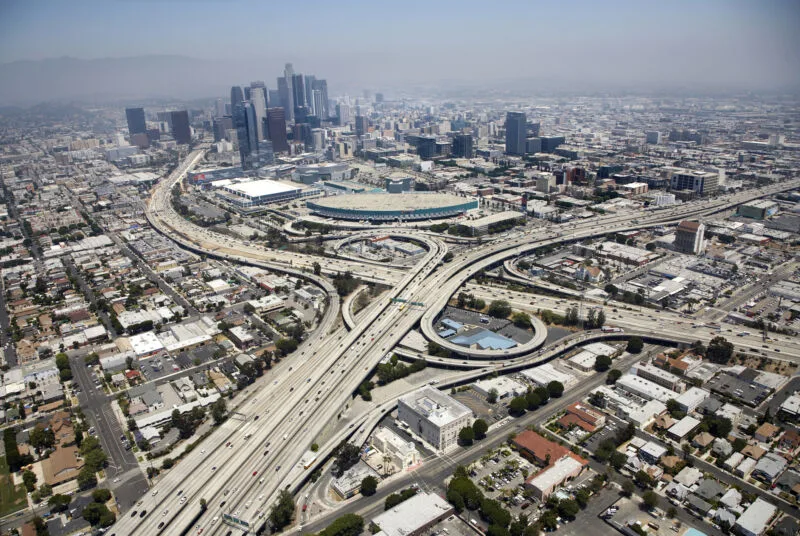reader comments
93
On Tuesday, a slim majority of the US Supreme Court issued an emergency ruling that places a stay on rules developed by the Environmental Protection Agency, meant to limit the spread of ozone-generating pollutants across state lines. Because it was handled on an emergency basis, the decision was made without any evidence gathered during lower court proceedings. As a result, the justices don’t even agree on the nature of the regulations the EPA has proposed, leading to a blistering dissent from Justice Amy Coney Barrett, who was joined by the court’s three liberal justices.
Bad neighbors
The rule at issue arose from the EPA's regular process of revisiting existing limits in light of changes in public health information and pollution-control technology. In this case, the focus was on ozone-producing chemicals; in 2015, the EPA chose to lower the limit on ozone from 75 to 70 parts per billion.
Once these standards are set, states are required to submit plans that fulfill two purposes. One is to limit pollution within the state itself; the second involves pollution controls that will limit the exposure in states that are downwind of the pollution sources. The EPA is required to evaluate these plans; if they are deemed insufficient, the EPA can require the states to follow a federal plan devised by the EPA.
In the case of the revised ozone rules, as noted in the dissent, two states refused to submit a plan for limiting pollution in other states under this "Good Neighbor Provision." Twenty-one other states submitted plans that involved taking no action at all to handle pollution that crosses state lines. In response, the EPA formulated a single federal plan that would apply to all of these states.
A number of the states sued individually, and courts have placed the EPA's federal plan on hold in those cases. As a result, several of the states asked the Supreme Court to issue an emergency ruling that put the federal plan on hold for all 23 states that were subjected to it. While that resulted in arguments before the court, it was not the product of earlier litigation. As a result, there is no record of testimony or documentary evidence generated in lower courts, or legal decisions that lay out the logic and precedent that apply to this case. These usually play a central role in informing Supreme Court decisions.
Original Article Published at Arstechnica
________________________________________________________________________________________________________________________________




